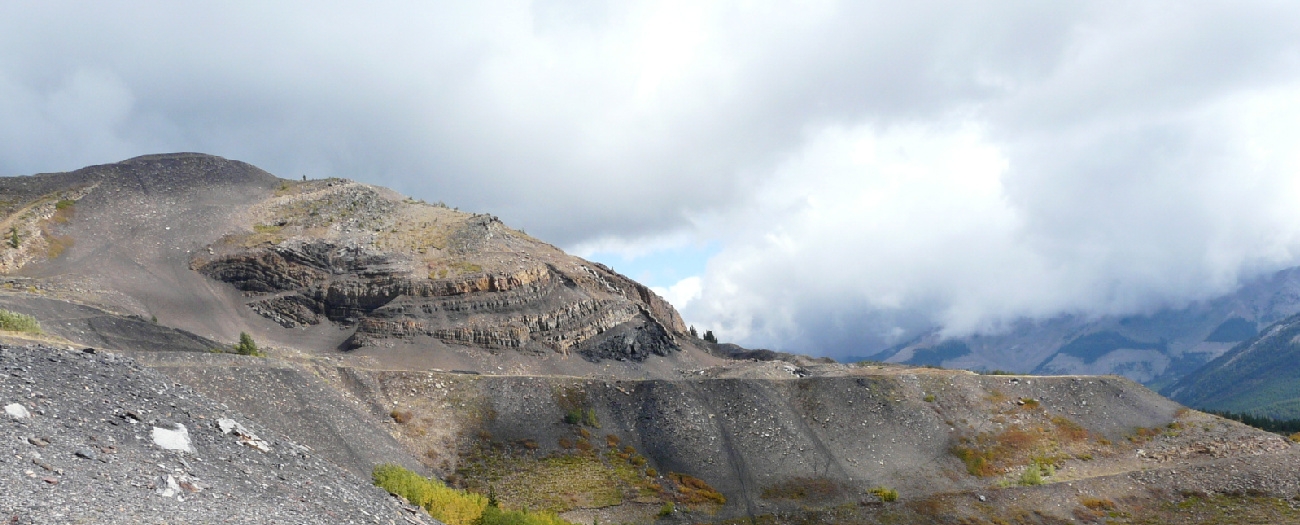Companies must assess the environmental impact of their proposed projects—if they fall short, they have to try again
Calgary, Alberta - July 05, 2016Benga Mining Ltd. wants to start a coal mining project in the Crowsnest Pass.
The company, part of Riversdale Resources, is required to conduct an environmental impact assessment, or EIA, as part of its application and then submit it to the Alberta Energy Regulator.
Early this year, Benga did just that. And we sent it back.
“Benga’s EIA wasn’t good enough,” said Deanna Colley, environmental assessment manager for the AER. “We’ve identified major deficiencies in their assessment. They need to try again.”
This doesn’t mean Benga’s project is dead, or that AER has rejected its application. It’s all part of a rather lengthy process of review to examine, and mitigate, the effects a proposed project may have on the environment.
The AER expects about four to seven environmental assessments for review a year from companies conducting work across Alberta.
“EIAs are important because they help us predict the consequences of a proposed activity,” explains Colley. “They tell us what the company is going to do to mitigate those consequences and help us to determine if the activity is in the public interest.”
Coal for iron and steel
Benga, part of an Australian coal exploration and development company, wants to develop the Grassy Mountain coal project. The proposed coal mine and processing plant is located near Crowsnest Pass, about seven kilometres north of Blairmore and at the same spot as the derelict West Canadian Collieries Greenhills Mine, which was abandoned in 1961.
The mine would produce metallurgical coal, also known as coking coal, which is used in the process to make iron and steel. It will not be burned to produce power.
Part of the process to get a mine up and running in Alberta is to conduct an assessment of the impacts that the activity will have on the environment. Without this, the application cannot move forward.
On Oct. 1, 2014, the AER took over responsibility from Alberta Environment and Parks for the environmental assessment process for energy resources activity, including coal development.
For most large energy or resource development projects, the EIA forms part of a much larger application. Environmental assessments typically include:
- a detailed description of the project
- baseline environmental information
- the potential negative environmental effects of the proposed activity
- an assessment of cumulative effects, considering other development in the area and what the impacts would be collectively
- plans to mitigate potential adverse effects
- emergency response plans.
Once a company submits its assessment, the AER’s team of experts reviews it to identify any uncertainties or risks and to make sure that the information provided meets our requirements. If the report is unclear or insufficient we either ask for more information or, as in the case of Benga, send it back with a major deficiencies report.
Benga’s environmental assessment was missing some key components, including:
- baseline data on wildlife and fish data, such as population, habitat, migratory patterns, etc.
- a plan to mitigate the effects of the mine on protected plants
- an assessment of the impacts of moving a transmission line and golf course.
What’s next?
For the AER to continue the application process, Benga must address all the items identified in the major deficiencies report and resubmit the assessment.
We asked Benga to submit a fully integrated project application package along with their updated EIA as part of the overall application process. The package would include applications under the Environmental Protection and Enhancement Act, Public Lands Act, the Water Act, and the Coal Conservation Act.
The AER will post, for public notice, any additional Grassy Mountain project applications once we receive them.
Alberta Environment and Parks maintains a register of all environmental assessment activity. Current and historic environmental assessment projects are available online.
Tracie Kenyon, Writer


